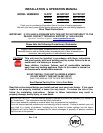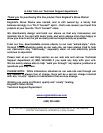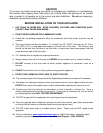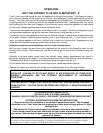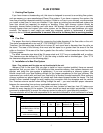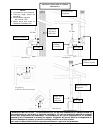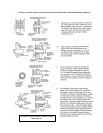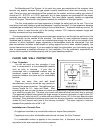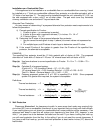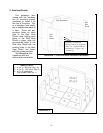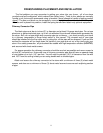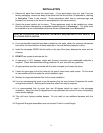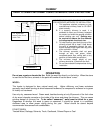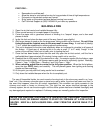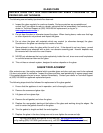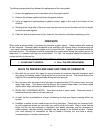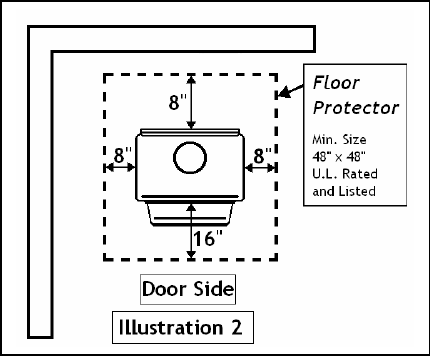
8
8”
Pre-Manufactured Flue System: In the past few years pre-manufactured flue systems have
become very popular, because this type system is easily installed and, when done correctly, is very
safe. There are many pre-manufactured flue systems on the market, and when making your choice it
should be U.L., B.O.C.A. or I.C.B.O. approved. Any of these systems are constructed of the proper
materials and meet the proper safety standards. Your local dealer normally handles an approved
brand of flue pipe. There are two very popular methods for installation of this type system.
The first, most popular and least expensive is through the ceiling and out the roof. This is the
most direct route and creates a good draw because it requires less pipe. It is less expensive because
insulated pipe is needed only from the ceiling to the roof and above -- single wall chimney connect, 24
gauge or thicker is used from the unit to the ceiling; maintain 10.5” clearance between single wall
chimney connector and any combustibles.
The second method for installing a pre-manufactured system is to exit through the wall and run the
system vertically up the outside of the structure. This method is more expensive because more
insulated pipe is required -- you must use insulated pipe through the wall and up the outside of the
structure. In either installation, proper clearances to combustibles should be maintained. Your flue
pipe manufacturer furnishes a wall thimble or ceiling support box and, when installed properly, the
correct clearances are achieved. If you are unable to install this type system your local dealer may be
able to recommend a qualified contractor for this installation. It is the customer’s responsibility to
ensure that his system is installed properly and is in good operating condition.
FLOOR AND WALL PROTECTION
1. Floor Protection
You will not need any floor protection if your
floor is constructed of a non-combustible material
such as brick or concrete. If your floor is
constructed with a combustible material such as
hardwood, carpet or linoleum, you must place
protection between the stove and the combustible
material.
There are many floor and wall board
manufacturers, and you should be very cautious in
choosing the proper protection. The type board you
choose should be U.L. rated and listed. After
examining the area you plan to place your stove and determining it requires a board, the next step
is to select the proper size. The stove you choose will determine the size board that is required.
The approved protector board should be large enough to provide a minimum of eight inches (8”)
behind the unit, eight inches (8”) on either side and sixteen inches (16”) in the front where the door
is located. Floor protection should also exist under the chimney connector, and should extend two
inches (50 mm) beyond each side of the chimney connector. This stove requires a minimum
standard floor protector size of 48” x 48”.
Installation on a Concrete Floor
An appliance mounted on a concrete floor does not require floor protection.
Carpeting and any other combustible material must not cover the Floor Protector.
If a combustible surface is applied to the concrete floor, a clearance must be maintained
equivalent to the area reserved for the floor protector.



